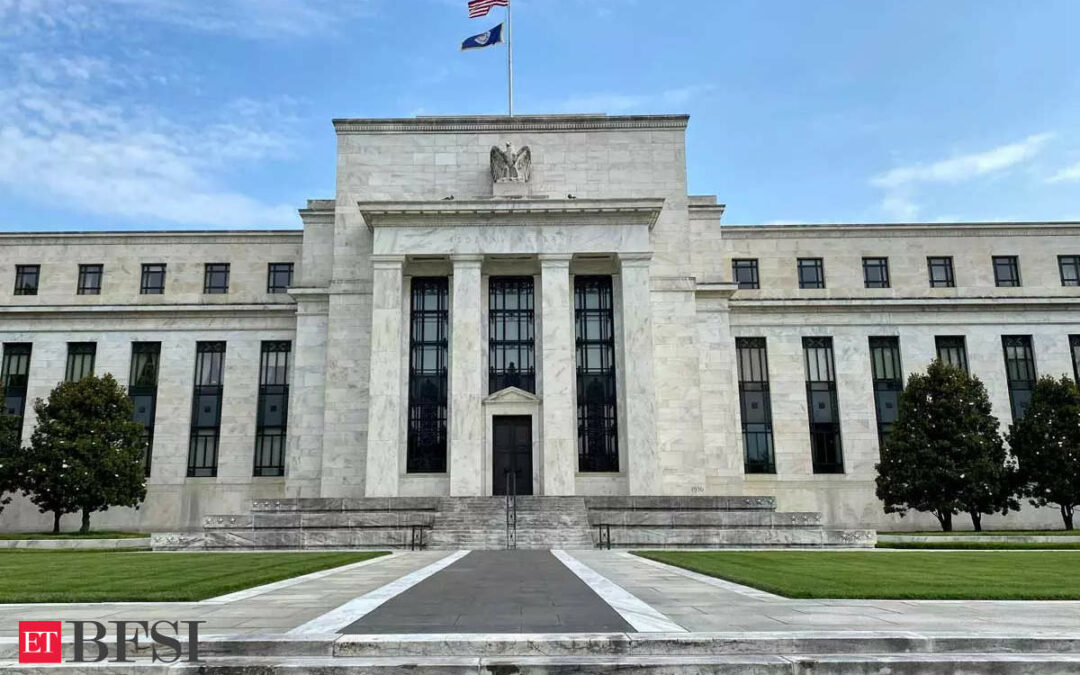Federal Reserve policymakers continue to expect inflation to fall this year even as the labor market stays strong, leaving them in no hurry to cut the policy rate from the 5.25%-5.5% range they have kept it in since last July.
Dallas Fed President Lorie Logan said on Thursday she is still worried about upside risks to inflation and warned the U.S. central bank needs to stay “flexible” and keep “all options on the table” as it watches the data and determines how to respond.
“It’s really important that we don’t lock into any particular path for monetary policy,” Logan said at an event in El Paso, Texas. “I think it’s too soon to really be thinking about rate cuts.”
While inflation has been running closer to 3% than 2% so far this year, Logan said, “I think there’s good reasons to think that we’re headed to 2% – we’re still on that path, perhaps a bit slower and a little bit bumpier than maybe many thought at the beginning of the year.”
Earlier on Thursday, New York Fed President John Williams told the Economic Club of New York he feels there is “ample evidence” that monetary policy is restrictive and helping to bring inflation down to the Fed’s 2% target.
“At some point” the Fed will get to a place where it can cut rates, but the timing is unclear, Williams said. “I don’t feel any urgency” to lower rates with the economy performing as well as it has, he noted.
Williams, Logan and their fellow Fed policymakers next meet in about two weeks, and are expected to leave rates where they are as they collect more data on the economy.
One key question, Chicago Fed President Austan Goolsbee said in an interview on CNN International, is whether further improvement in inflation will require higher unemployment, with less aid coming from improved supply chains and other forces that helped ease price pressures substantially last year.
“What everybody is trying to wrap their head around now … is are we back to the traditional tradeoff between employment and inflation?” Goolsbee said.
A government report released on Thursday showed the U.S. economy grew at a 1.3% annualized pace in the first quarter, more slowly than previously estimated as households added less to spending than thought.
Policymakers on Friday will get a fresh read on inflation’s progress, with the Commerce Department’s publication of the monthly U.S. personal consumption expenditures price index. Economists estimate it rose 2.7% in April from a year ago; the Fed targets a 2% pace.
Other key data include the jobs report for May, due next Friday. The unemployment rate was 3.9% in April, only a few tenths of a percentage point above where it was when the Fed first began raising interest rates to fight inflation back in March 2022.
At their June 11-12 policy meeting, Fed officials are widely expected to pare their previous forecast for three rate cuts this year to closer to the one or two rate cuts that financial markets are currently pricing in.
In recent months, as inflation came in hotter than hoped, Fed officials have largely stopped saying they expect they will ease policy this year, and have backed away from projecting the timing of a possible first rate cut.
“If September is the right time, then it’s going to be September. If it’s December that’s the right time, that’s going to be December,” Atlanta Fed President Raphael Bostic told Fox Business Network on Thursday. “If it’s February that’s the right time, it’ll be February. I really will let the data and the information that we have at hand tell me what the right time to move our policy will be.”
Back in New York, Williams was asked how much the Fed might cut rates once it starts to do so. “If I don’t know when we’re going to cut rates, how can I answer that question?” he responded.










